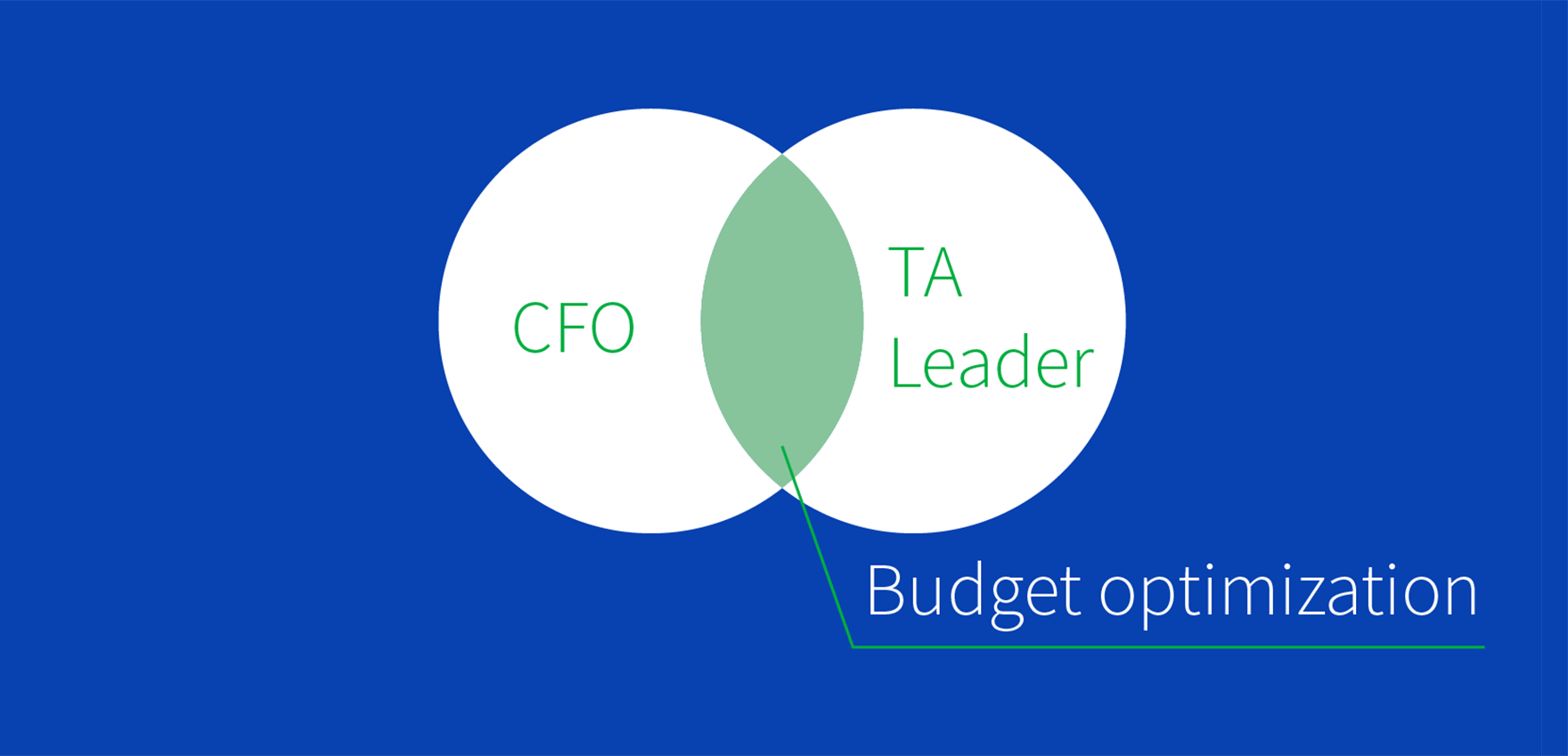Build your Business Case

Introduction
Implementing a next-generation TAS has been on your list of priorities for years: your recruiters are overworked with unscalable manual tasks, hiring managers are disengaged from the process, and candidates feel ignored and frustrated. Even so, there has always been a reason to push transformation down the road: Perhaps short evaluation cycles have made it hard to ensure continuous coverage, stakeholder buy-in has been difficult to garner, or your team was too busy hiring and didn’t want to jeopardize the technology infrastructure. Now, after almost a decade of steady fiscal growth, the world, once again, faces an economic downturn and it looks as if budget allocation will be this year’s excuse to defer TA transformation.

The long-term business outcomes from TA transformation are clear, not just for your team but for your entire organization: Hiring Success is business success. Being able to hire the right talent on-time and on-budget will be the competitive advantage that allows your company to scale. However, the short-term budget-optimization potential of the right HR tech requires hard numbers and you have to know where to find them.
It is true that your CFO is in a cost-savings mindset; revenue generation and long-term business benefits are not arguments that will persuade them to allocate funds right now. But there is still a way to win today’s budget battle. The key is to demonstrate immediate hard savings.
This resource will help you audit TA spend throughout your company and make personalized cost-saving projections. It may seem like the “faster and cheaper” conversation that every TA leader dreads, but it is actually the first step to becoming a strategic function. Keep your end-game in mind — a process where hiring managers are engaged, recruiters are productive, candidates get a great experience and TA is a valued business partner — let’s get started.
It may seem like the “faster and cheaper” conversation that every TA leader dreads, but it is actually the first step to becoming a strategic function.
The Challenge

Selling your CFO on TA transformation takes airtight data and projections.
On your own, trying to locate the data you need for a budget-optimization business case is like going on a treasure hunt without a map: you may miss something important or lose time looking in the wrong place.
TA budgets are complicated and often distributed; you may even find recruiting expenses in other departments’ budgets. Your Tech Team may be shouldering the cost of Human Resource Management System (HRIS) integrations, while Design continually leverages outside recruiting agencies to fill their reqs. In addition, your hiring managers and recruiters have been working outside the system, making your analytics unreliable. You are in a data catch-22 — you need a next-generation TAS to get better data, and you need better data to bolster your business case for a next-generation TAS.
Even with the data in hand, you are not sure how to make accurate projections and you worry about fielding questions full of financial jargon. You are not alone.
You are in a data catch-22 — you need a next-generation TAS to get better data, and you need better data to bolster your business case for a next-generation TAS.
The Solution

You need an experienced guide to help you pinpoint potential cost-savings and build an airtight business case.
This resource will map out common areas of cost-savings so you can target your search to the most fruitful areas. Once you have the numbers, these easy-to-use formulas enable you to make educated budget projections. And our CFO sample questions will get you thinking in the financial language of your audience. All together, you have the tool you need to build a budget-optimization business case for TA transformation that will win you the funds.